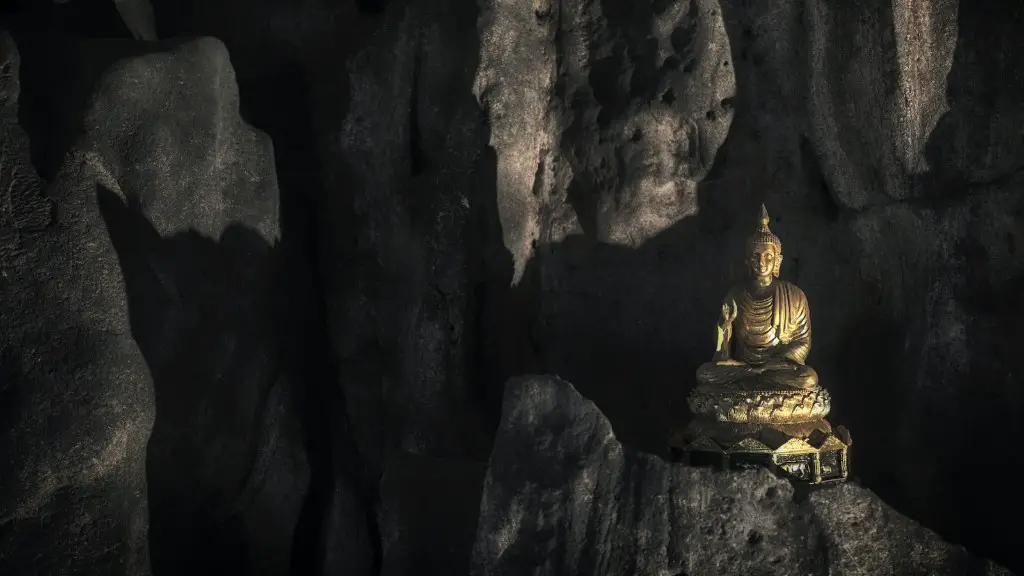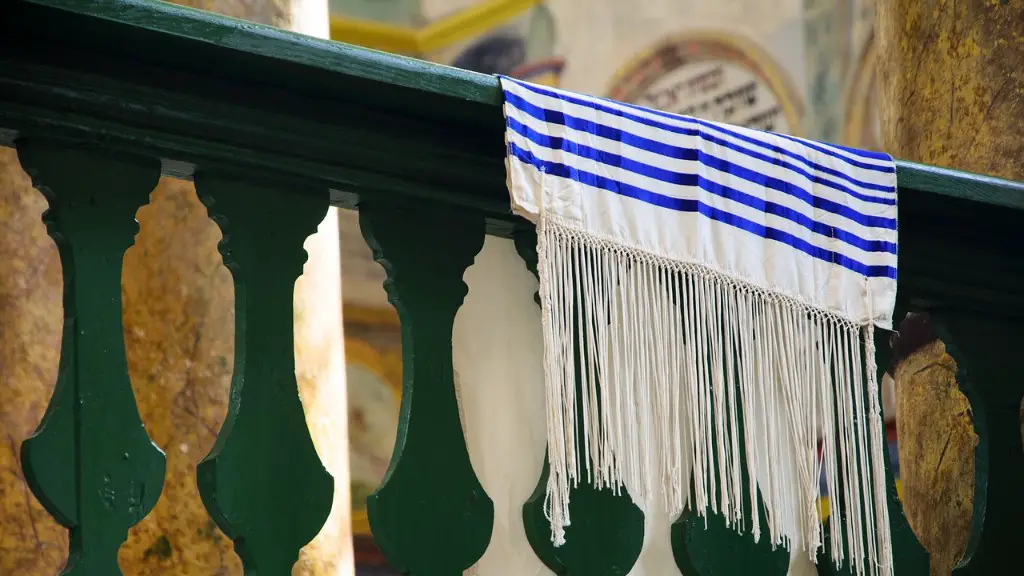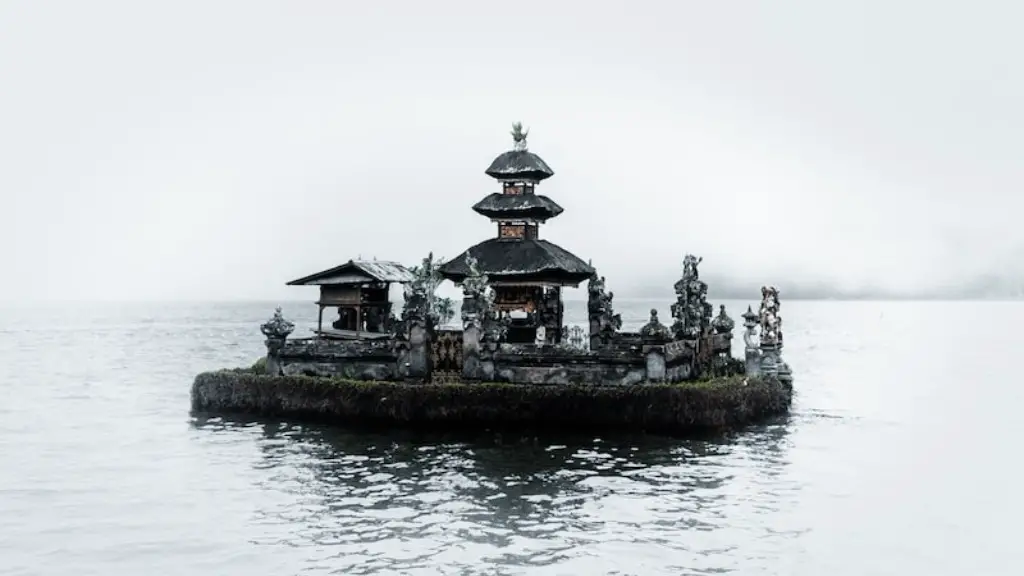In Buddhism, samsara is the concept of rebirth and the continual cycle of suffering that it brings. It is considered to be the cause of all our suffering and the reason we are never able to find true happiness. The only way to break free from samsara is to achieve nirvana, or enlightenment.
In Buddhism, samsara is the cycle of rebirth. It is the beginningless cycle of suffering that is caused by attachment to things that are impermanent. Samsara is characterized by dukkha, or suffering. This suffering includes the sufferings of birth, old age, sickness, and death, as well as the sufferings caused by being separated from things we love and the sufferings caused by our desires and karma.
What does samsara mean in Buddhism?
Buddhists believe that the world is a cycle of suffering, death, and rebirth. This cycle is known as samsara. Beings are driven from life to life in this system by karma. Karma is activated by their good or bad actions in this life and in previous lives.
Saṃsāra is the concept of rebirth and “cyclicality of all life, matter, existence”, a fundamental belief of most Indian religions. Popularly, it is the cycle of death and rebirth.
What are the stages of samsara
The six levels that make up the possible range of existence within saṃsāra are the realms of the gods (deva), the demi-gods (asura), humans (manuṣa), animals (tiryak), hungry ghosts (preta) and hell denizens (naraka). Each of these realms has its own specific conditions and characteristics which determine the type of suffering experienced by beings within that realm.
Hindus believe in the doctrine of transmigration and rebirth. This means that the soul is reborn into another body after the death of the previous one. The whole process of rebirth, called samsara, is cyclic, with no clear beginning or end. It encompasses lives of perpetual, serial attachments.
The belief in karma is also central to Hinduism. Karma is the law of cause and effect, whereby good deeds lead to good outcomes and bad deeds lead to bad outcomes. This cycle of cause and effect keeps the soul trapped in samsara.
The only way to break free from this cycle is to achieve liberation (moksha). This can be achieved through detachment from the material world and union with the divine.
What happens when you leave samsara?
In Buddhism, liberation from Samsara, the cycle of rebirth and suffering, is attainable through several means, depending on the tradition. In early Buddhism, Nirvana, the “blowing out” of desire, is moksha. In later Buddhism insight becomes predominant, for example the recognition and acceptance of non-self, also called the anatta doctrine.
Samsara is the continuous cycle of birth, death and rebirth. It is the belief that we are reborn into this world again and again, in order to learn the lessons we need to learn in order to progress to the next level. This cycle goes on until we reach Nirvana, which is the state of perfect peace and enlightenment.
How do you break on samsara?
There is some debate as to whether or not rest breaks should be logged as off-duty time or as time in the sleeper berth. Some people feel that rest breaks are a necessary part of the job and should be logged as off-duty time, while others feel that they should be taken as time in the sleeper berth. Ultimately, the decision is up to the individual driver.
The concept of samsara is central to many schools of Indian thought, and is a belief that is fundamental to Hinduism, Buddhism, and Jainism. The cycle of samsara is believed to be a continuous cycle of birth and rebirth (or reincarnation), governed by the law of karma. Moksha is liberation from this cycle, and is the highest goal of many Indian religions.
How does the samsara work
Samsara’s Drive Time Segments feature automatically creates drive time segments when a vehicle is in motion. This is done by combining inputs from the driver app and data from the vehicle. When a driver starts their day, they simply need to set their status to “On Duty” in the app. Samsara will then take care of the rest, creating drive time segments as the vehicle moves. This is a great feature for fleet managers, as it eliminates the need for manual logging and GPS tracking.
Samsara is the continuous cycle of birth, death, and rebirth. In Buddhism, it is seen as the opposite of nirvana, which is the state of liberation from this cycle. Samsara is characterized by chaos, suffering, and the endless cycle of rebirths. Nirvana, on the other hand, is a state of stillness, clarity, and peace.
What does it mean to escape samsara?
ultimately, the goal of a yogi is to escape the endless cycle of birth, death, and rebirth. this is done by attaining freedom from suffering.
In Hinduism, the cycle of samsara is the belief that all life goes through birth, life, death, and rebirth. This cycle is said to be eternal, and those who are reborn into each life are determined by their karma from their previous life. The goal of Hinduism is to escape from this cycle of rebirth and attain moksha, or liberation.
What are the three realms of samsara
The three realms are all within the domain of samsara, or the cycle of rebirth. The desire realm is where we experience our worldly desires and attachments. The form realm is where we experience form, or physical objects. The formless realm is where we experience formless things, like space and consciousness.
In Hinduism, Samsara is the concept of rebirth and reincarnation. It is the belief that when we die, our soul is reborn into another body. Samsara is important for understanding how we are to act in the world. Karma is a critical component of Samsara for Hinduism. One way to think about this is through cause and effect. When we act in the world, we cause certain things to happen. These actions have consequences that follow us into future lives. Therefore, it is important to act with Dharma, or righteousness, in order to create good Karma.
What are the six realms of samsara?
Prior to Shakyamuni Buddha, people in India believed in the six realms literally. The six realms are as follows: the realm of heaven, human, animal, fighting demon, hungry ghost, and hell.
Samsara is the cycle of death and rebirth that Hindus believe in. Hindus believe that the soul is immortal and is reborn into different forms after each life. After a person dies, their soul is judged by their actions in life (karma). Based on their karma, they are either reincarnated into a higher or lower life form.
What is samsara vs nirvana
Samsara is the cycle of birth and death that all beings go through. It is characterized by ignorance, which manifests as seeing the world as a plurality of objects that are separate from oneself. Nirvana is attained when dualistic thinking is transcended, and the mind is freed from all karmic conditioning.
Welcome to Samsara! We’re excited to have you on board. Here are a few quick tips to get you started:
1. Create your Samsara account. You’ll need an email address, and we’ll send you a verification link to get started.
2. Configure your Dashboard for the First Time. This is where you’ll decide what data you want to track and how you want to see it.
3. Download Samsara Apps. We have apps for both iOS and Android devices so you can access your data on the go.
4. Activate Samsara Hardware and Accessories. If you have any Samsara hardware or accessories, now is the time to activate them.
5. Install Samsara Hardware and Accessories. If you need help installing your hardware or accessories, our team is here to help.
6. Create Accounts. Finally, you’ll need to create accounts for each user who will be accessing Samsara.
That’s it! You’re ready to start using Samsara. If you have any questions, our team is always here to help.
Warp Up
Samsara is the continuous cycle of birth, death, and rebirth. In Buddhism, it is believed that one’s actions in previous lives determine one’s status in this life, and that this process continues until one reaches nirvana, or liberation from the cycle.
Samsara is the cycle of rebirth that Buddhists believe we go through. Each time we are born, we suffer because we are attached to the things in this world that we will eventually have to lose – our home, our possessions, our loved ones. We go through this cycle over and over again until we reach nirvana, which is freedom from suffering.




